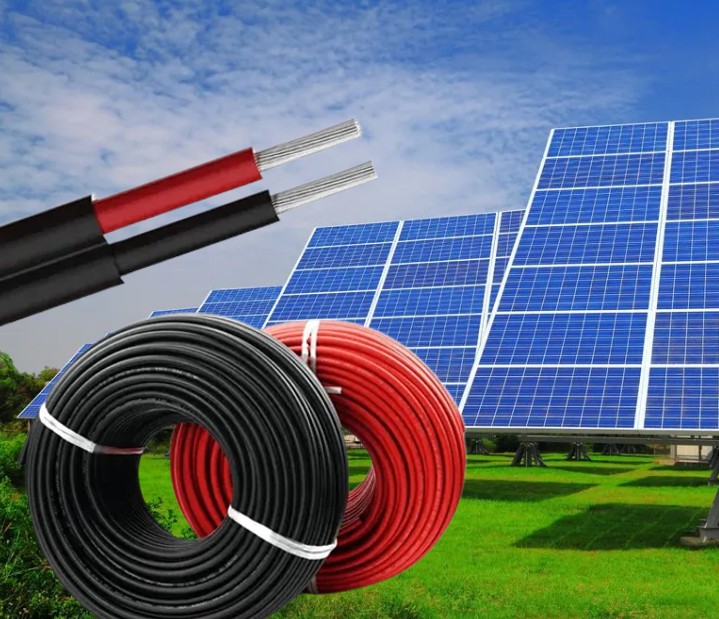A solar DC cable is a specialized electrical cable used to connect solar panels to the inverter and other components in a solar power system. These cables are designed to safely handle direct current (DC) electricity generated by solar panels, ensuring efficient and safe power transmission in outdoor and harsh environments.


Types of Solar DC Cable:
- PV1-F Cable
- Description: A highly durable, weather-resistant cable designed for solar installations. It is used for connecting solar panels to the inverter, capable of withstanding extreme temperatures and UV exposure.
- Best for: Outdoor solar systems in residential, commercial, and industrial setups.
- Solar Cable (H1Z2Z2-K)
- Description: A high-quality, flexible cable designed for solar applications, made to endure high voltage and harsh environmental conditions. It is often used in European installations and complies with international standards.
- Best for: Outdoor and harsh weather conditions where flexibility and durability are needed.
- TUV-Approved Cable
- Description: These cables are certified by the German TÜV (Technischer Überwachungsverein) for use in solar systems. They are suitable for high-efficiency systems and provide long-lasting performance.
- Best for: Commercial and residential installations requiring high safety and certification standards.
- UV-Resistant Cable
- Description: Solar DC cables that are specifically designed to resist UV radiation, ensuring they do not degrade when exposed to sunlight for extended periods.
- Best for: Systems exposed to direct sunlight for long durations, ensuring longevity and performance.
- Multi-Core Solar DC Cable
- Description: A type of cable with multiple cores, often used to connect multiple solar panels in a series or parallel configuration. It can handle higher currents and is typically used for large-scale installations.
- Best for: Large solar power systems requiring high current capacity and efficient power distribution.
Each type of solar DC cable is chosen based on system requirements, including the environment, current capacity, and safety standards.
